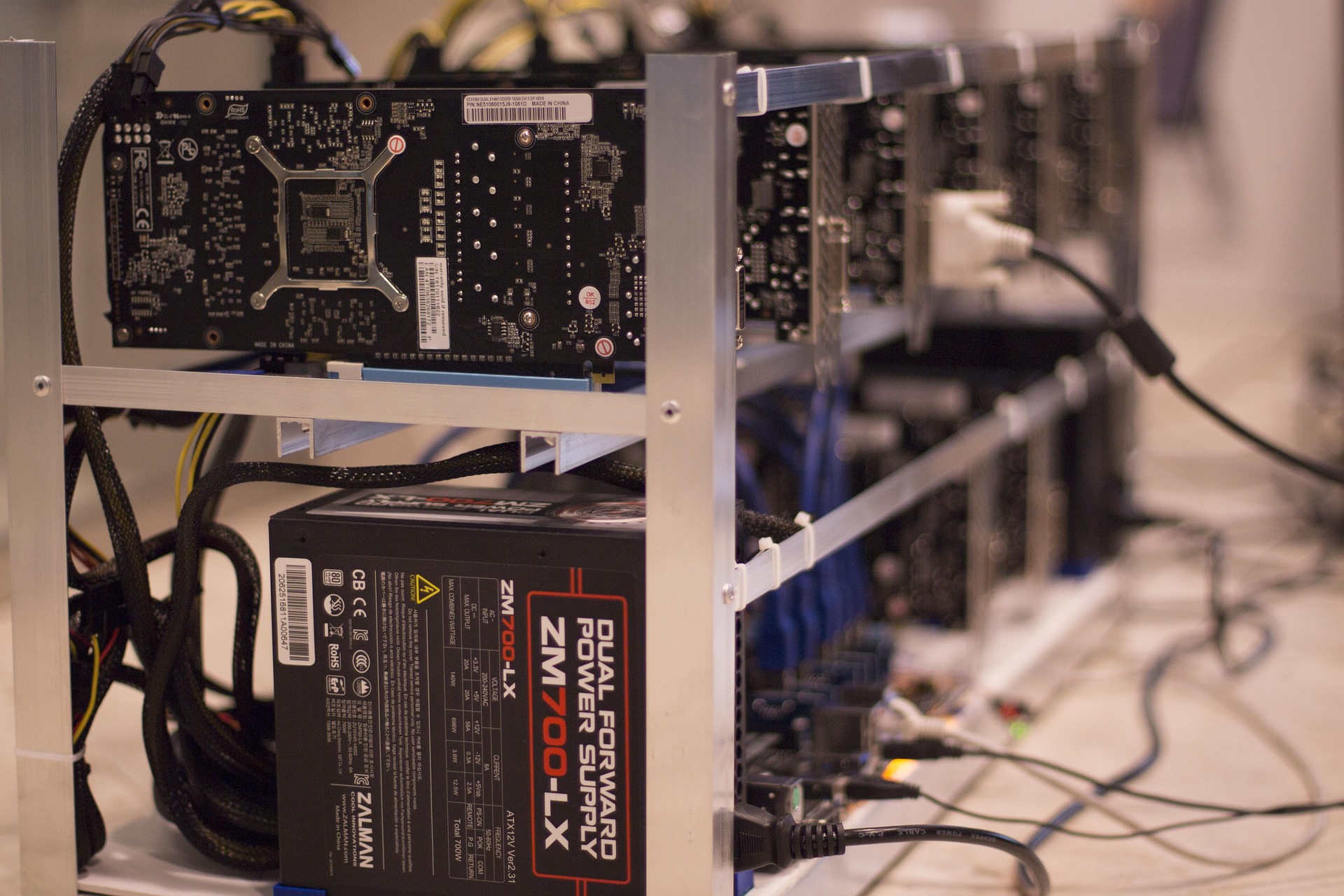
The International Monetary Fund (IMF) has slightly upgraded South Korea’s 2025 growth outlook to 0.9%, pointing to early signs of recovery in Asia’s export-driven economies even as global headwinds persist.
The revision comes at a critical time for the U.S. economy, which continues to battle stubborn inflation, political gridlock over fiscal policy, and slowing consumer spending.
In its October World Economic Outlook, the IMF maintained South Korea’s 2026 growth forecast at 1.8%, suggesting the country is on track to return to its long-term potential next year.
That projection is higher than the OECD’s 1.0% estimate and aligns with forecasts by both the Korean government and the Bank of Korea.
The IMF identified trade uncertainty, tighter immigration policies, and financial instability as key downside risks for the global economy.
However, it also highlighted potential upside scenarios, including easing trade tensions and faster adoption of transformative technologies like artificial intelligence — developments closely watched by U.S. companies deeply embedded in Asian supply chains.
South Korea’s export performance and semiconductor cycle have long been leading indicators for global manufacturing trends.
A sustained rebound in Korean exports could signal improving global demand, particularly in the U.S. tech sector, which depends heavily on Korean chips and components.
For American investors, monitoring South Korea’s economic trajectory may offer an early glimpse into where the next wave of global tech growth could emerge.
















